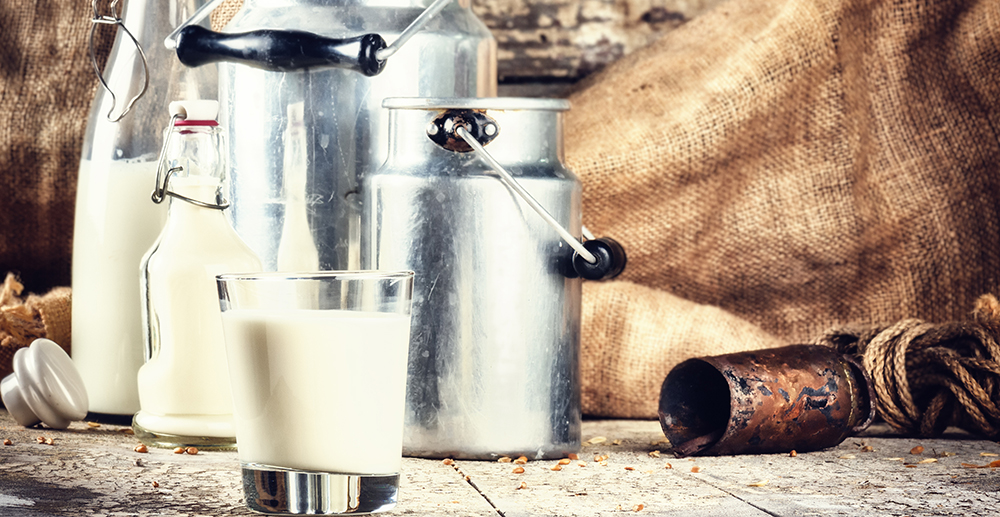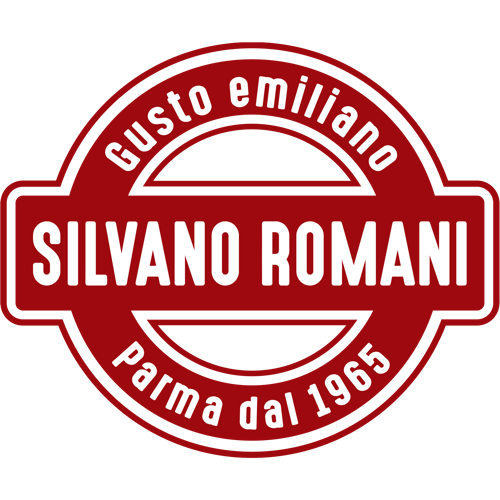
The European regulation identifies as ingredient “whatever substance or product, including scents, additive compounds, food enzymes, and any element of a composed ingredient used in the manufacture or in the preparation of a food and still present in the finished product, even if in an altered form; it is important to not consider the leftovers as ingredients”
Moreover the same regulation specifies that in some fermented foods, such as cheeses, butter, milk and cream, the list of ingredients is not required, as long as different elements are not added, for example those necessary to the production, such as milk products, food enzymes, cultures of micro-organisms necessary to the producing, or salt.
Only milk, salt and rennet. That’s all it takes to create the King of Cheeses.
Two milk collections are required in order to prepare Parmigiano Reggiano, indeed, to the morning’s whole milk of the milking it is added the milked milk of the previous evening, placed in specific containers known as “affioratori”. Milk has to stand there all night and during that period of time cream emerges naturally to the surface. So this full-fat part of milk will be used to produce butter, while the milk assigned for Parmesan is skimmed.
In the morning milk is moved in typical boilers of copper with a form of overturned cone, and then whole milk of the milking of the morning is added.
To this process follow the phases of heating, “spinatura” and cooking.
Once milk is placed in boilers, it is slowly warmed up adding graft serum, a culture of lactic ferments obtained by the serum of the processing of milk of the previous day.
In order to convert milk in cheese, the rennet is required. Once milk reaches the temperature of 30 degrees, the rennet will be added: it is a mixture of protease, essential to coagulate the particles of casein. The disciplinary of production of Parmigiano Reggiano admits only the use of animal rennet (calf), unlike other cheeses.
When milk is curdled, the density of the clot is controlled in order to bone, in other words this means to reduce it in many little grains with the appropriate instrument, known as “spino”. This procedure ends when all micro-grains reach the size of about a grain of rice.
The next phase is cooking. The temperature is gradually brought to 55 degrees, so that the micro-grains lay down on the bottom of the hot water heater: after 50 minutes the mass will be compact and will be extracted. The cheese-maker extracts it by using a wooden shovel and wraps it up in a linen cloth, and then he cuts it into two halves and puts them in a mould, known as “fascera”. In this way are made two forms of Parmigiano Reggiano.

